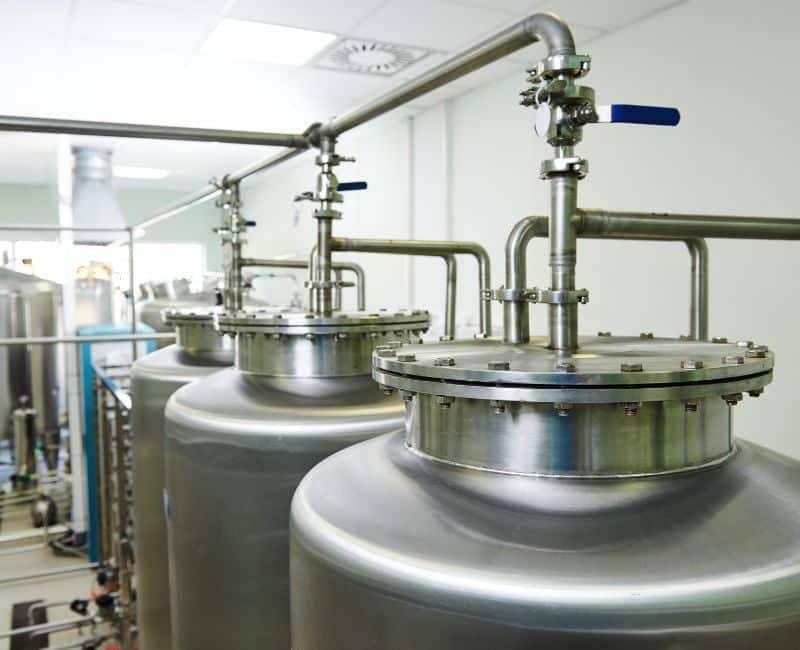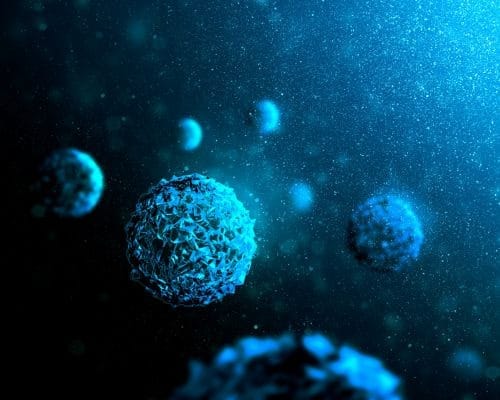Home » Potable Water
Potable water
In the realm of pharmaceuticals, water plays a pivotal role that extends far beyond mere hydration. It serves as a crucial ingredient in various processes, from drug formulation to equipment sterilization.
This information delves into the intricacies of potable water in pharmaceutical applications, emphasizing its composition, variations, and the stringent standards that ensure its purity.
The unique composition of potable water
Potable water, the cornerstone of pharmaceutical operations, undergoes extensive treatment processes to meet the stringent requirements of the industry. Its unparalleled ability to dissolve a vast array of substances while supporting life itself means that it can contain a multitude of components in solution or suspension.
Factors to take in account in water quality
Geographical variations in water quality
The quality of potable water varies significantly from one geographical region to another. Water sourced from upland surface areas, for instance, tends to have low levels of dissolved salts, resulting in relatively soft water. However, these sources often contain a high concentration of organic contamination, including colloidal particles.
In contrast, underground water sources boast high salt content and hardness but contain lower levels of organic impurities. River sources, positioned between these extremes, frequently harbor products from industrial, agricultural, and domestic activities.
Seasonal fluctuations in water quality
Seasonal variations in water quality, primarily observed in surface waters, pose a unique challenge to pharmaceutical applications.
During autumn and winter, the release of dead leaves and decaying plants into bodies of water contributes to a surge in organic matter, leading to elevated organic contamination levels. Groundwater sources, on the other hand, remain largely unaffected by seasonal changes.

Implications for purification regimes
The characteristics of the potable water supply have a direct influence on the purification processes required to produce purified water for pharmaceutical use. These purification processes are designed to eliminate various impurities, ensuring that the water meets the stringent quality standards demanded by the industry.
Challenges in pharmaceutical water purity
Potable water can contain suspended matter, including silt, pipework debris, and colloids. Colloidal particles, whether organic or inorganic, can lead to water turbidity and fouling of critical purification equipment like reverse osmosis membranes and electrodeionization stacks.
Inorganic substances, such as calcium and magnesium salts causing hardness, carbon dioxide forming weakly acidic carbonic acid, sodium salts, silicates, iron compounds, chlorides, aluminum, phosphates, and nitrates, are common impurities in water. These compounds can negatively impact pharmaceutical processes and product quality.
Organic impurities in water arise from various sources, including the decomposition of organic matter and industrial waste. These impurities encompass detergents, fats, oils, solvents, residues from pesticides and herbicides, as well as compounds leached from pipelines and purification media.
Bacteria represent a significant concern in pharmaceutical water systems. Maintaining low bacterial levels is paramount, often achieved through the use of disinfectants like chlorine. However, once these disinfectants are removed during purification, bacteria can proliferate, potentially jeopardizing product integrity.
Potable water, in equilibrium with the atmosphere, contains dissolved oxygen and carbon dioxide. While carbon dioxide behaves as a weak acid, dissolved oxygen becomes an issue primarily when bubble formation affects applications where purified water is used in open containers.

Measuring impurities in pharmaceutical potable water
Designing or selecting an appropriate water purification system for pharmaceutical use necessitates a comprehensive understanding of the feedwater’s composition. Local water suppliers can provide average data, but direct water analysis yields more precise information.
Numerous methods, including fouling index (FI) tests, ion chromatography, ICP-mass spectrometry, spectrophotometry, electrical conductivity, and total organic carbon (TOC) measurements, can identify various components in the water. Additionally, total dissolved solids (TDS) measurements provide an indicator of inorganic compound levels, aiding in the assessment of water quality.
The importance of pharmaceutical potable water
In the pharmaceutical industry, potable water is more than a simple liquid; it is a critical component that impacts product safety, efficacy, and overall quality.
Understanding the complex composition of potable water, its geographical variations, and seasonal fluctuations is essential for meeting the rigorous purity standards demanded by pharmaceutical processes. The pursuit of water purity is paramount in ensuring the integrity and success of pharmaceutical operations, from drug formulation to patient care.